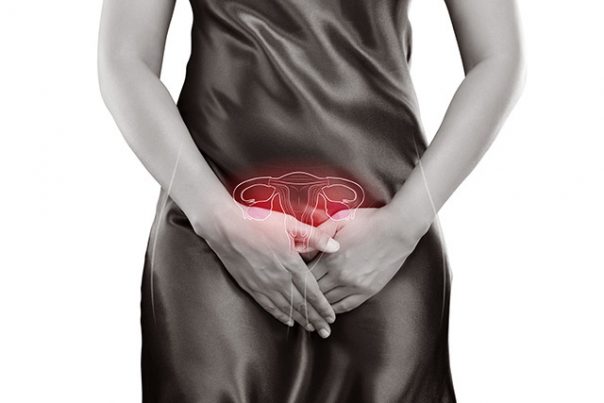
Prolapsed uterus – causes, side effects and treatments at NaturalPedia.com
Friday, June 15, 2018 by Michelle Simmons
http://www.naturalpedia.com/prolapsed-uterus-causes-side-effects-and-treatments-at-naturalpedia-com.html

A prolapsed uterus occurs when the uterus moves from its normal position in the abdominal cavity to a different (typically lower) position. The uterus, also known as the womb, is a muscular structure that is held in place by pelvic muscles and ligaments. If these muscles or ligaments stretch or become weak, they cannot support the uterus anymore, resulting in prolapse. A prolapsed uterus may occur because of naturally weak muscles or simply as a result of repeated term pregnancies. Other possible causes include chronic coughing, straining, pelvic tumors, a fluid buildup and other conditions that increase pressure in the abdomen, obesity, radical surgery in the pelvic area; and heavy weight lifting.
Uterus prolapse may be incomplete or complete. An incomplete prolapse occurs when only a part of the uterus is sagging into the vagina. On the other hand, a complete prolapse occurs when the uterus falls so far down that some tissue protrudes outside the vagina.
Known side effects of a prolapsed uterus
The side effects of a prolapsed uterus may include the following:
- Increased vaginal discharge
- Leaking urine or a sudden urge to empty the bladder
- Low backache
- Pressure or heaviness in the pelvis or vagina
- Problems with sexual intercourse
- Repeated bladder infections
- Uterus and cervix that bulge into the vaginal opening
- Vaginal bleeding
A prolapsed uterus may also lead to complications, such as ulcers, prolapse of other pelvic organs, and loss of bowel, bladder, and sexual function.
Body systems harmed by a prolapsed uterus
A prolapsed uterus causes harm to the reproductive system.
List of foods or nutrients that prevent a prolapsed uterus
There is no information on what foods prevent a prolapsed uterus. However, there are foods that help make the uterus healthy. These include foods rich in fiber, such as beans, legumes, vegetables, fruits, and whole grains, as well as vegetables, fruits rich in vitamin C and bioflavonoids, and dairy products like yogurt, cheese, milk, and butter.
Treatments, management plans for a prolapsed uterus
Treatment options for a prolapsed uterus include pelvic floor exercises, vaginal pessary, and vaginal surgery. Other treatments include preventing and treating constipation, avoiding heavy lifting, using correct body mechanics when lifting, managing chronic coughing, maintaining a healthy weight, and considering estrogen replacement therapy during menopause.
Where to learn more
- Garlic- A great Anti-Cancer Agent
- Use lifestyle changes, diet and nature to control and conquer overactive bladder
- Glyphosate herbicide disrupts the development of the uterus, affects female fertility
- 18 Warning Signs Of Cervical Cancer You Need To Observe
- Go-to guide for healthy teas
Summary
A prolapsed uterus is a uterus that has moved from its normal position in the abdominal cavity into a different position.
A prolapsed uterus causes increased vaginal discharge, leaking urine, low backache, pressure or heaviness in the pelvic area or vagina, problems with sexual function, repeated bladder infections, bulging uterus and cervix in the vaginal opening, and vaginal bleeding.
Foods that keep the uterus healthy include fruits, vegetables, fiber-rich foods, and dairy products.
Treatments for a prolapsed uterus include pelvic floor exercises, vaginal pessary, vaginal surgery, and treatments for its underlying cause.
Sources include:
Tagged Under: Tags: prolapsed uterus





